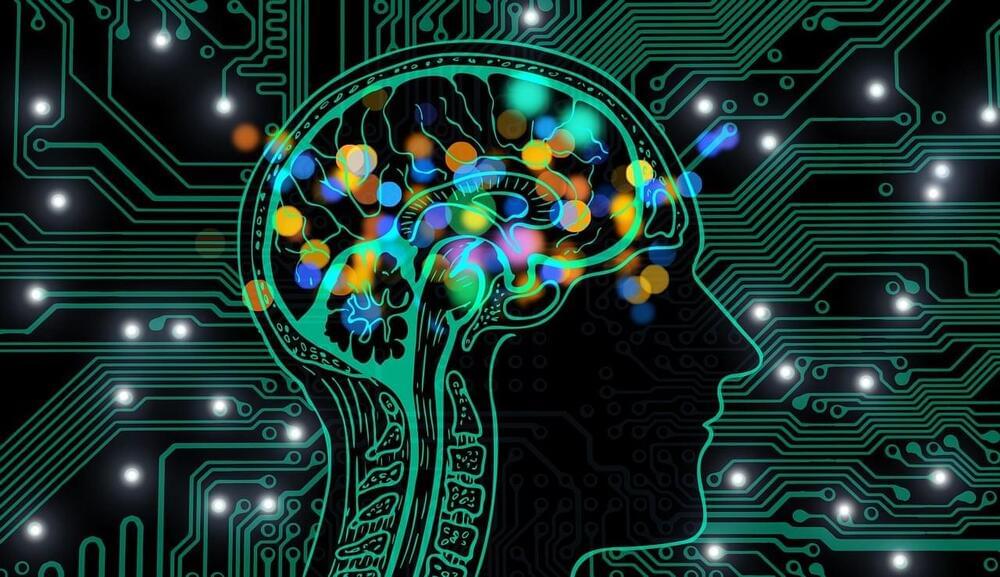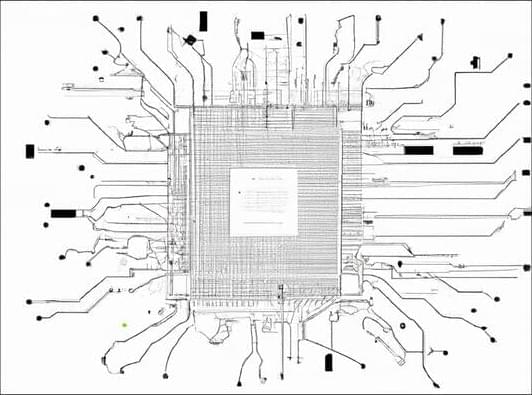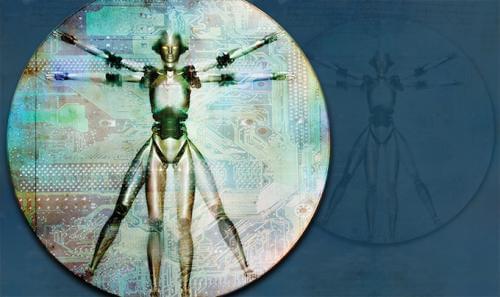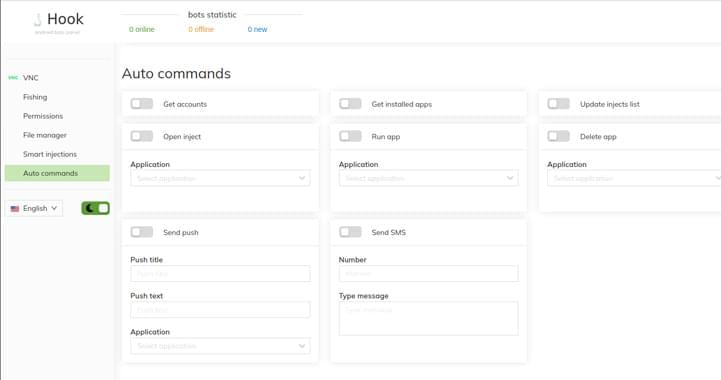General-purpose automation could radically improve society by vastly accelerating construction, manufacturing, and R&D. Just as the scale and complexity of today’s cities would have been unimaginable 200 years ago, we may see a similar factor of value growth over the next 50 years. Quality of life may dramatically increase as well. I envision that billions could be lifted out of poverty and the average person may live like today’s wealthiest top 1%. Space colonization might be made feasible. Keep in mind these projections are highly speculative. Nonetheless, it is worth considering the remarkable possibilities! #automation #tech #robotics #futurism
The rise of humanoid robots didn’t happen overnight, but a kind of perfect storm has accelerated the phenomenon over the past year and change. The foundation, of course, is decades of research.
Toiling away in research facilities and R&D departments laid the ground work for a new generation of technology. The necessary software and components have come a long way, driven by innovations in industrial robotics, autonomous driving and even the smartphone industry.
And then a global pandemic happened. The events of the last few years have been important for two deeply interconnected reasons. First, investment in robotics has skyrocketed. Second, staffing continues to be an issue. You could say that these conditions have created a humanoid-shaped hole that a robot could walk right through.


 עברית (Hebrew)
עברית (Hebrew)






